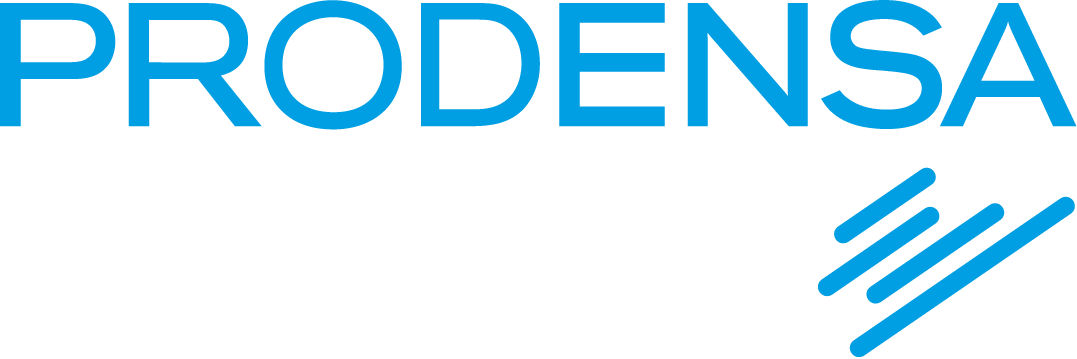Staffing Solutions in Mexico: The Smart Alternative to U.S. Hiring Challenges in 2025
30 October 2025Staffing Solutions in Mexico
Staffing Solutions in Mexico – U.S. employers head into 2025 still wrestling with a stubborn mix of talent shortages, rising compensation costs, and elevated separations. The Conference Board estimates the U.S. would need to add ~4.6 million workers annually—roughly four times the average of the last decade—to balance supply and demand, a gap demographics alone won’t close.
Staffing Solutions
At the same time, compensation growth remains above pre-pandemic norms: the Employment Cost Index shows civilian compensation up ~3.6–3.9% year over year through Q2 2025, pressuring margins across service and technical roles. And while labor demand has cooled from 2022 highs, job openings and quits remain material, keeping recruiting competitive.
Against this backdrop, Mexico has emerged as the smart, near-term alternative for building support, engineering, and back-office teams—without sacrificing quality or compliance. Companies are leveraging nearshoring to align time zones, culture, and travel convenience while tapping a deeper pool of bilingual talent at competitive total employment costs.
Staffing Solutions
Why Mexico Now: From Cost Pressure to Capability Uplift
1) Relief from U.S. cost inflation
With U.S. wages and benefits still rising, relocating suitable roles to Mexico can stabilize operating costs while maintaining service levels. The ECI’s 2025 readings underscore sustained compensation pressure that many firms can’t simply pass through to customers.
2) Access to technical & bilingual talent
Mexico graduates a large cohort of STEM professionals each year—over 80,000 engineers in key disciplines according to official sources—feeding mature industrial hubs and shared-services ecosystems. This pipeline supports engineering, quality, supply-chain, and analytics roles, as well as Spanish-English customer and partner support.
3) Time-zone, cultural, and legal proximity
Nearshoring keeps teams in overlapping work hours with U.S. stakeholders and customers. Under USMCA, Mexico continues to deepen North American integration—even amid policy uncertainty—supporting long-term localization of value chains and services.
4) Scalable operating models
Whether you need five analysts or a 150-seat support center, Mexico offers modular scale through partner-led models (EOR/BPO) or captive entities. This flexibility reduces fixed commitments while letting you ramp headcount with demand.
What Roles Move Best? Support, Engineering, Back Office
- Customer & Partner Support (voice/digital): bilingual CX, order management, collections, renewal ops.
- Engineering & Technical Services: CAD/FEA support, quality engineering, test, supplier development, sustaining engineering.
- Back Office & GBS: AP/AR, payroll, FP&A support, master data, procurement ops, compliance documentation, HR shared services.
Mexico’s shared-service and tech clusters—from Monterrey and Guadalajara to Querétaro and Saltillo—provide ready labor markets and vendor ecosystems to land these functions quickly.
Service Focus: FlexForce + Recruitment & Selection + Market Intelligence
FlexForce (ProdensaHR): a streamlined path to build remote or on-site teams in Mexico with HR, payroll, taxes, and benefits handled for you—so you focus on outcomes, not administration. Companies use FlexForce to launch compliant teams in under 30 days and cut total employment costs by ~40–60% depending on role mix and location.
Recruitment & Selection: ProdensaHR’s recruiting engine sources, vets, and onboards bilingual, industry-specific talent—helping you reduce vacancy time and uplift quality of hire across support, engineering, and back-office roles.
Market Intelligence (Prodensa): before you scale, validate city/cluster choice, compensation benchmarks, and pipeline depth through data-driven site comparisons and cost models—so your staffing plan aligns with labor realities and budget.
A Practical Playbook to Start in 4 Steps
- Scope the work & KPIs: Identify processes and SLAs suited to nearshore execution (e.g., Tier 1/2 support, sustaining engineering, AP).
- Validate the market: Use Market Intelligence to compare cities, labor availability, and comp curves; choose the optimal talent hub.
- Recruit & land the team: Run targeted Recruitment & Selection with bilingual assessments and role-specific testing.
- Operate with compliance & scale: Stand up the team via FlexForce (EOR/BPO) to handle payroll, benefits, tax, and HR—then scale seats as performance and demand grow.
Risk & Governance: What Executives Ask Most
- Will talent supply keep pace?
U.S. shortages are structural (aging, participation, skills); Mexico’s STEM output and maturing clusters help offset the gap for targeted roles. - What about policy volatility?
Nearshoring momentum remains resilient under North American integration; firms should monitor trade and domestic reforms, but diversification across Mexican hubs is a practical hedge. - How fast can we stand up a team?
With FlexForce, firms routinely target sub-30-day go-lives for initial cohorts while larger ramps follow phased recruitment waves.
Why Partner with Prodensa
- Nearshore veterans: 40+ years enabling expansions and teams in Mexico across manufacturing and services.
- Full funnel capability: market data → recruiting → compliant operations (HR/payroll/benefits).
- Performance with compliance: standardized onboarding, clear KPIs, and governance that aligns with U.S. audit expectations.
FAQs
Q1: How does Mexico compare on total cost versus the U.S.?
Across support and many technical roles, companies often realize double-digit percent savings in total employment cost while maintaining service quality—particularly when leveraging EOR/BPO models that optimize benefits, payroll, and tax administration.
Q2: Are there enough engineers and bilingual talent to scale?
Yes. Mexico’s steady STEM pipeline and established service clusters backfill recurring demand in shared services and technical roles. Tens of thousands of engineers graduate annually, feeding regional hubs and multinational operations.
Q3: What U.S. labor indicators justify moving now?
Persistent compensation growth and tight labor dynamics—including millions of job openings and significant quits/separations—continue to challenge U.S. recruiting and retention in 2025.
If U.S. staffing constraints are slowing growth, Mexico provides a capability-rich, cost-effective, and compliant alternative for support, engineering, and back office. With FlexForce, Recruitment & Selection, and Market Intelligence, Prodensa gives you a proven path to stand up teams fast, govern them well, and scale confidently.
Staffing Solutions in Mexico
Ready to explore a nearshore staffing plan for 2025? Design your Mexico team with Prodensa’s support.
Staffing Solutions in Mexico
Staffing Solutions in Mexico
Sources
- The Conference Board. Responding to U.S. Labor Shortages (June 16, 2025). The Conference Board
- U.S. Bureau of Labor Statistics. Employment Cost Index – Q2 2025 and ECI Summary.
- U.S. Bureau of Labor Statistics. Job Openings and Labor Turnover (JOLTS), July 2025 release.
- Rice University Baker Institute. Nearshoring in Mexico: Seizing Opportunities and Facing Challenges (2025).
- Government of Mexico (Gob.mx). Mexican Talent (STEM/engineering graduates).
- ProdensaHR / Prodensa (FlexForce, Recruiting, Market Intelligence, and nearshore insights). prodensahr.com



